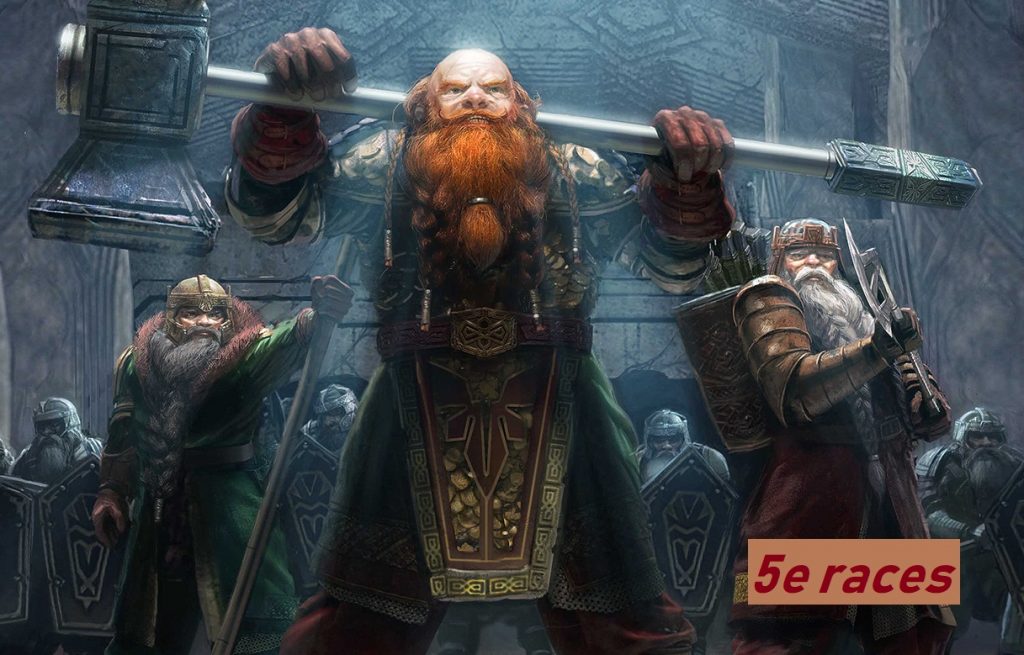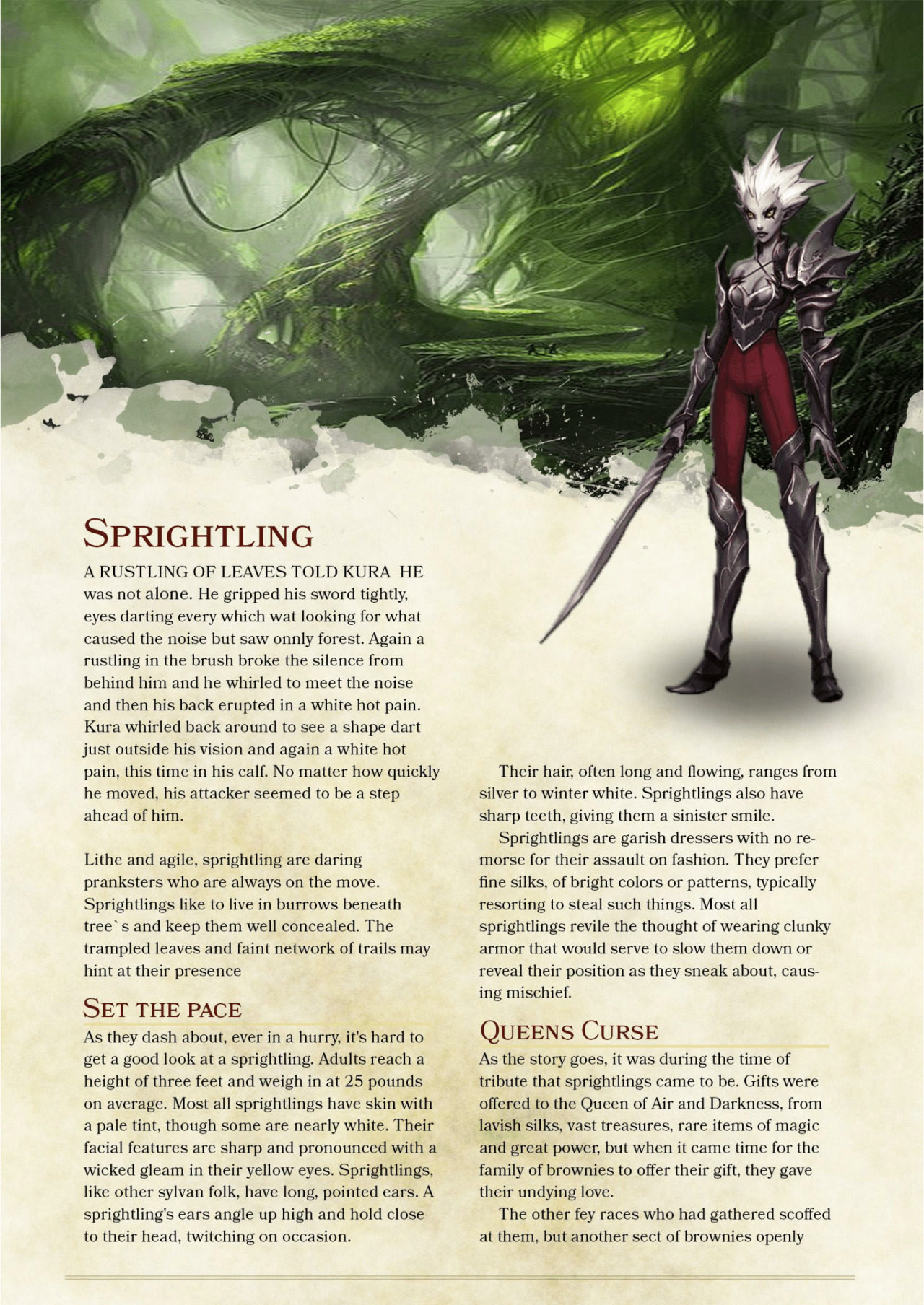

When I started playing “Dungeons & Dragons” five years ago, I never would have chosen the game’s most popular match: the human fighter. And remember the bird people? Players who pick the avian aarakocra are most likely to adventure as martial artist monks, filling the skies of the Forgotten Realms with Jet Li Big Birds. Apparently the lumbering, scaly dragonborn are frequently cast as paladins, a class traditionally inhabited by snooty white men. Some pairings you won’t find anywhere in Tolkien’s books, but might stand at the vanguard of a new fantasy canon. The appearance of both these archetypes in Lord of the Rings and other works of fantasy likely also plays a role in their popularity. Halflings also have extra points in dexterity and may have access to the “naturally stealthy” trait, which makes them exceptional rogues.

The wood elf 5 gets a bonus to dexterity as well as proficiency in longbows, perfect for the ranger class. Other races dovetail nicely with particular classes. Humans - the most popular race by far - get an extra point in all of their ability scores, which makes them a balanced pick for any class. But some of the common character choices can be explained by the game’s structure of racial bonuses. This may include Unearthed Arcana content or non-official content published during official events (like One Grung Above), and very rarely may include 3rd-party content.So what does this data say about players’ character preferences? At first blush it looks like characters are drawn from literature and everyday life, which seems surprisingly unimaginative considering that “Dungeons & Dragons” is the quintessential fantasy game.

However, I occasionally make exceptions when numerous people make requests that I cover the same content. I typically don’t cover content beyond what has made it into official sourcebooks. My race handbooks are written with an emphasis on the race and the class options which are viable for a player who has decided to play that race and may still be looking for a class which works for that race. My class handbooks are written with an emphasis on the class and the options which work well for the class. Note that the assessments of a class for a race may not match the assessments of a race for a class.


 0 kommentar(er)
0 kommentar(er)
